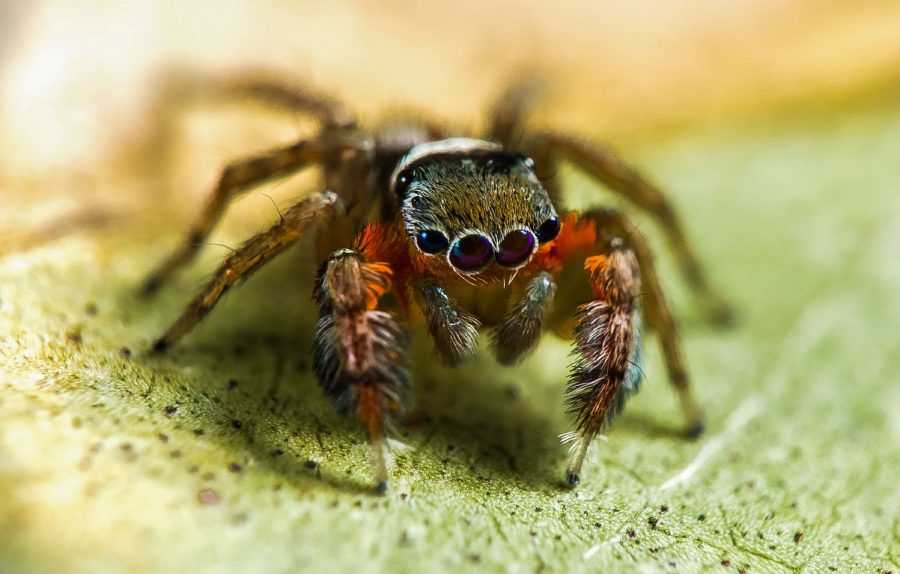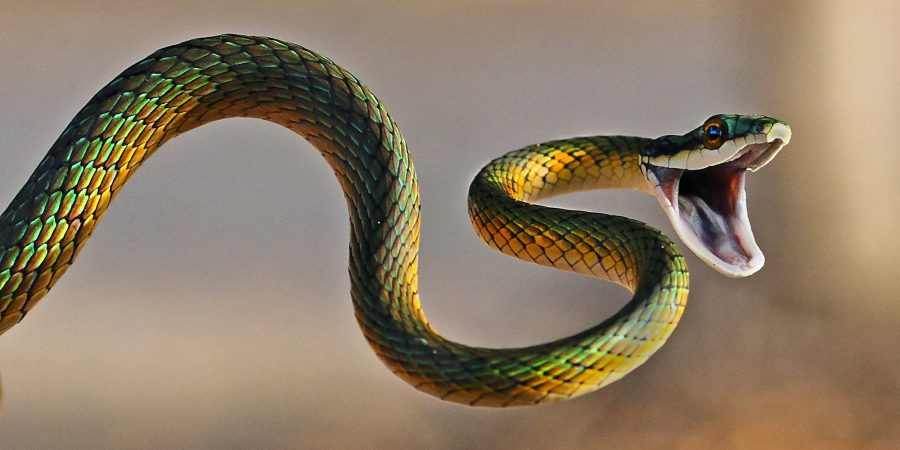A group of international scientists found that the fear people feel for spiders and snakes might be integrated within our DNA as result of years of evolution. In the study, the researchers suggest that people of all generations always tended to dislike arachnids and reptilians because they trigger a mode of self-defense found very deep in our genes.
The researchers wrote that this fear isn’t learned throughout our lives, it comes with us instead since the moment we born. That is why feeling uncomfortable near snakes or spiders is very common, even with people who have never seen one in person or have never heard of them, fear them too. According to the Daily Mail, most people in Eastern Europe and other developed countries have never been in the wild or encounter a poisonous spider or snake.

That completely contradicts researchers who say that phobias originate because of social cues in our early ages. It’s quite normal to suffer high levels of anxiety when we’re in places where we think there might live these dangerous animals, like forests and deserts. However, every person can, of course, present different levels of fear and anxiety.
The study was performed by researchers from Max Planck Institute for Human Cognitive and Brain Sciences (MPI CBS) in Leipzig, Germany, and the Uppsala University, in Sweden.
For the study, the experts showed a group of children aged under 1-year-old a series of pictures taken from snakes and spiders.
Most of the kids of these ages can’t differentiate if any object might be dangerous for them or not. But when they saw themselves in front these animals, they reacted with very emotional responses and showed high levels of stress.
Babies with larger pupils in front of spiders and snakes
There were 16 babies aged six months old who received two photograph packets. In one of them, there was a series of 8 pictures: ones taken from spiders, and others from flowers. The second container had inside eight photographs, too, but these showed snakes and fish. Per pairs, both sets of pictures showed an animal of the same color. This way, the babies saw a specific flower precisely colored as a particular spider.

In the end, researchers noticed that the babies had significantly bigger pupils when they saw snakes and spiders than when they saw the fish or flowers. This is a distinct signal that they felt stressed looking at these animals.
“In constant light conditions this change in size of the pupils is an important signal for the activation of the noradrenergic system in the brain, which is responsible for stress reactions. Accordingly, even the youngest babies seem to be stressed by these groups of animals,” lead researcher and neuroscientist at MPI CBS and the University of Vienna, Stefanie Hoehl, wrote on the Max Planck Institute’s website.
That a simple 6-months-old child seemed more anguished in front of pictures of these dangerous animals than any other thing, made scientists believe that it’s entirely biological any responses of fear we might have in front of spiders and snakes. Especially knowing that they couldn’t recognize them or hadn’t seen any of them in their short lives,
Source: Frontiers in Psychology

Fear blacks too.